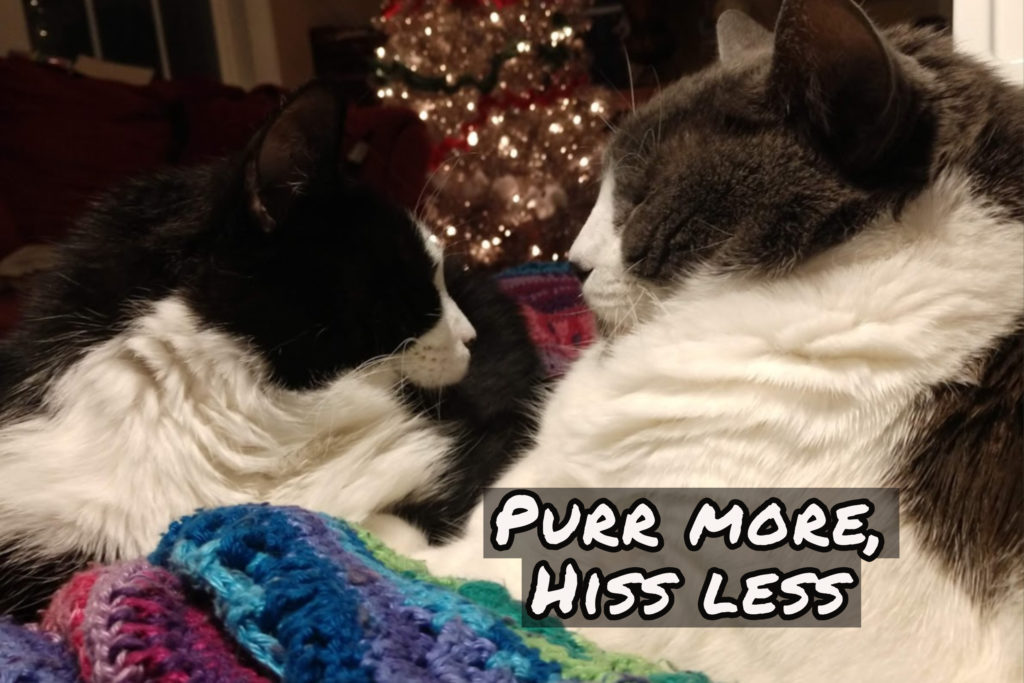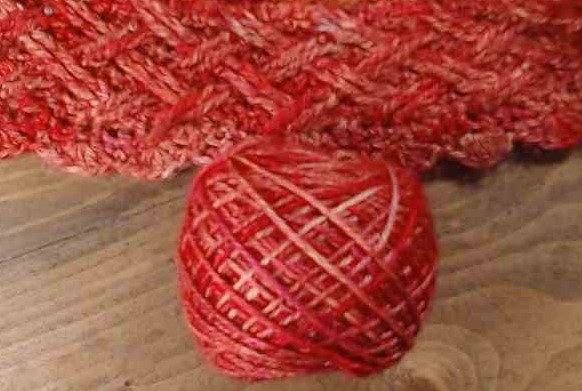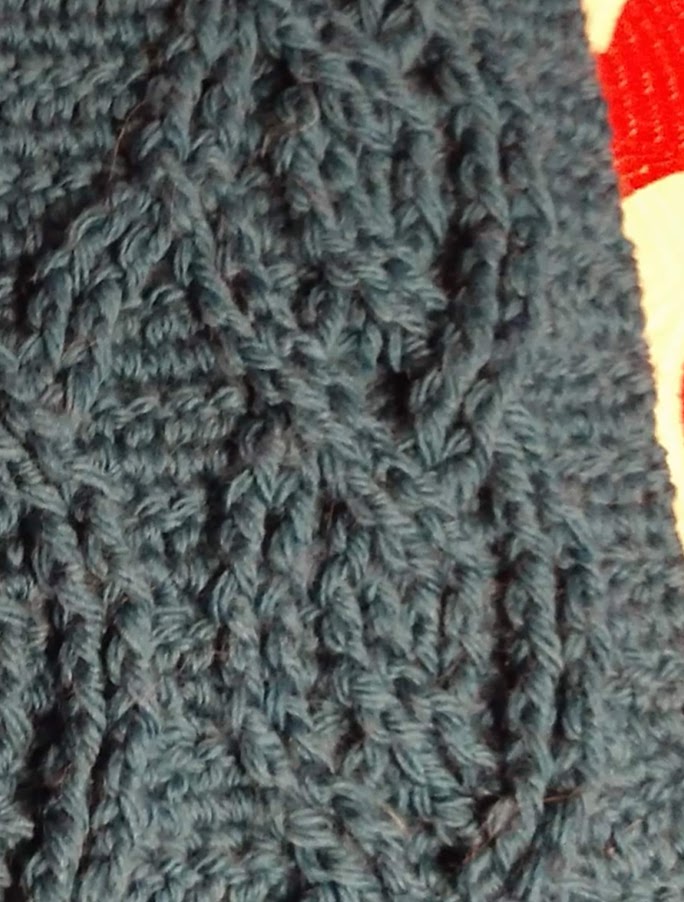Crochet Hooks and Wrist Health
Do you ever have pain when you crochet? I do, and I’ve tried a bunch of different things to figure out how I could keep up my creative outlet and still be pain free. I was a hairdresser (in cheap heels!) in my 20s which really wreaked havoc on my now 50 year old body. So I have to be extra sensitive to my wrist health. I never had surgery but have a few tips to keep your wrists in peak form.
First, consider your hook. When my old pain started flaring back up, I got the fastest solution I could find. The Crochet Dude Ergonomic Crochet Handle It’s not a perfect solution, but it’s available at most big box craft stores, so you can get your hands on one easily. It fits most aluminum crochet hooks, whether you’re a Bates or a Boye loyalist, so that’s extra handy.
Which brings me to the next consideration. How do you hold your hook? I prefer a knife hold personally, and my pinkie is what grips the hook in pace against my palm. The egg works great for knife holders like me, and I’ve read that pencil grippers also like it. Try it out if you’re in an urgent need.
The downside of the egg handle is that it requires extra parts and I’m prone to losing things. Because it’s designed to be univeral, and crochet hooks are not all the same diameter, it requires a rubber stopper to be placed around the hook and then through the inside (which screws apart) to secure it in place. Great concept, but if you lose a stopper, you’ll need to improvise or your hook will rattle around and the egg won’t hold it tight enough.
You can also buy foam grips which slip over your hook. They come in multiple sizes and are typically inexpensive enough that you could probably purchase a few and leave them on your hooks permanently. This is a good solution if the grip is the right diameter for you. I, personally, need a larger grip to open my hand up and prevent cramping.
Which is how I started searching for alternative ergonomic hooks. I started with inexpensive sets from Amazon like this one. They’re cheap enough that I keep a set in my car for emergencies, but they had a few problems. First, I’m a Bates Hooker, and these are more Boye like. It’s exceedingly hard to find an ergonomic handle with a Bates hook. And secondly, the diameter is just not big enough for my grip.Paragraph
My search continued until I found these beautiful wooden hooks from Too Shay Crochet. I started with a 7 hook set and I’ve ultimately replaced every hook in my everyday collection with them. I’ve even sent them my favorite steels and they placed handles on them for me.
Once I figured that out, my wrist pain has virtually disappeared. I do have to pay attention to my posture and make sure I’m seated comfortably and my work is well supported.
It was touch and go there for a while though! I was afraid I would have to give up my beloved hobby. But, I persisted and found a solution that works for me. If you encounter pain, just know that there are a number of options before you have to give up. Try a few things out and I bet you’ll find the solution!
















